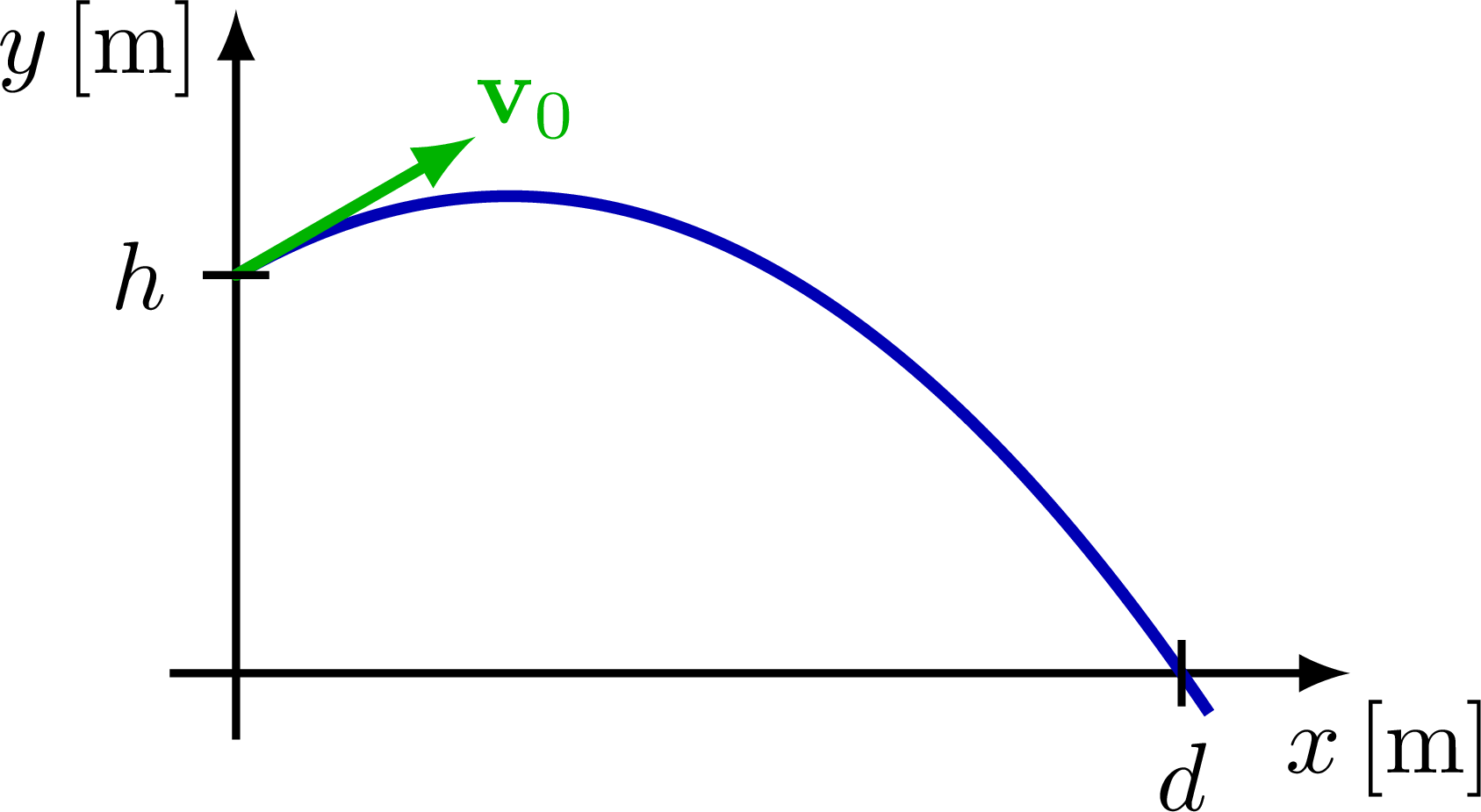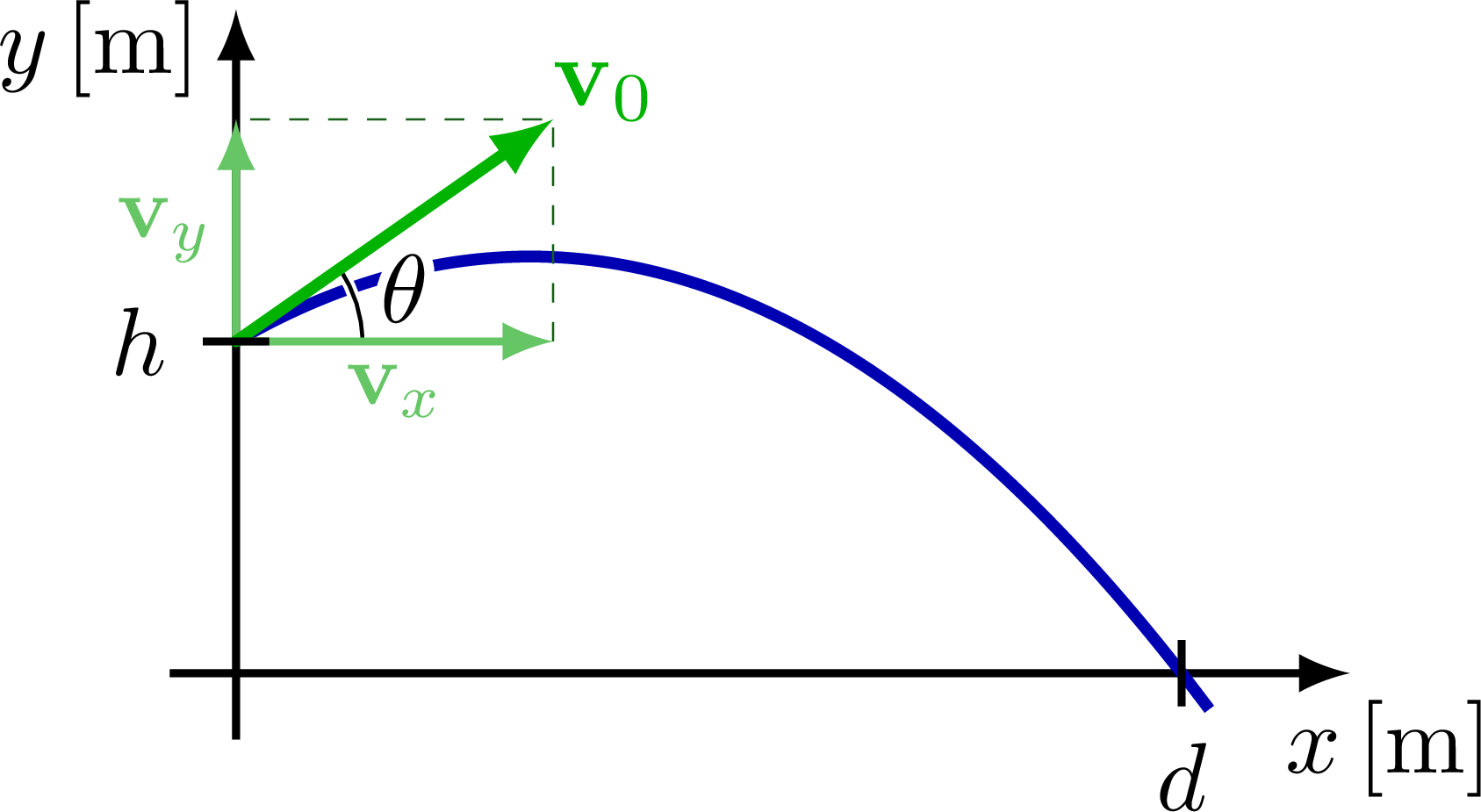Edit and compile if you like:
% Author: Izaak Neutelings (April 2021)\documentclass[border=3pt,tikz]{standalone}\usepackage{amsmath}\usepackage{physics}\usepackage{siunitx}\usepackage{xcolor}\usepackage{etoolbox} %ifthen\usepackage[outline]{contour} % glow around text\tikzset{>=latex} % for LaTeX arrow head\usetikzlibrary{angles,quotes,arrows.meta} % for pic\contourlength{1.0pt}\colorlet{myblue}{blue!70!black}\colorlet{mydarkblue}{blue!40!black}\colorlet{mygreen}{green!50!black}\colorlet{myred}{red!65!black}\colorlet{xcol}{blue!85!black}\colorlet{vcol}{green!70!black}\colorlet{projcol}{vcol!90!black!60}\tikzstyle{wave}=[myblue,thick]\tikzstyle{xline}=[very thick,myblue]\tikzstyle{vline}=[very thick,mygreen]\tikzstyle{vector}=[->,very thick,vcol,line cap=round]\tikzstyle{mydashed}=[green!30!black!90,dash pattern=on 2pt off 2pt,very thin]\tikzstyle{mymeas}=[{Latex[length=3,width=2]}-{Latex[length=3,width=2]},thin]\def\tick#1#2{\draw[thick] (#1) ++ (#2:0.05*\ymax) --++ (#2-180:0.1*\ymax)}\begin{document}% TRAJECTORY - PARABOLA\def\xmax{3.8}\def\ymax{2.4}\def\v{1.0}\def\ang{30}\def\d{(0.9*\xmax)} % distance landing point\def\b{tan(30)} % slope at x=0\def\h{0.6*\ymax} % height h\def\a{-((\b*\d+\h)/\d^2)} % coefficient\def\nsamples{100}
Click to download: kinematics_trajectory2.tex • kinematics_trajectory2.pdf
Open in Overleaf: kinematics_trajectory2.tex



